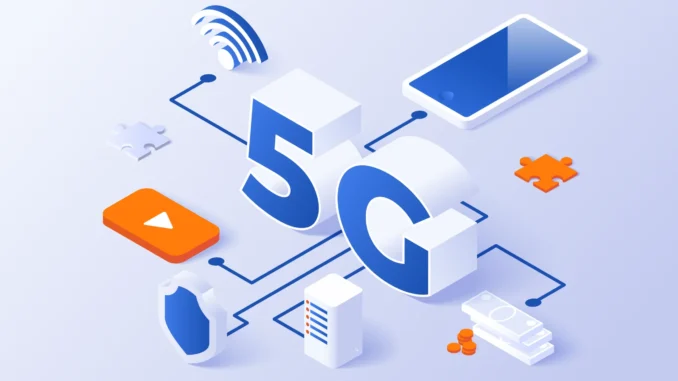
5G technology introduces several advanced features aimed at improving performance, capacity, and resource management in mobile communication networks.
One critical aspect of 5G is resource isolation, which ensures that different types of traffic can be managed effectively without interference, resulting in improved quality of service (QoS) for various applications.








Here’s an overview of resource isolation in 5G technology:
Network Slicing:
Network slicing is one of the most significant innovations in 5G, allowing the creation of multiple virtual networks (slices) on a single physical infrastructure. Each slice can be tailored to meet the specific requirements of different applications or services (e.g., IoT, enhanced mobile broadband, ultra-reliable low latency communication).
Each slice can be isolated in terms of bandwidth, latency, and resource allocation, allowing for differentiated services and QoS guarantees.
Quality of Service (QoS) Management:
5G networks introduce more advanced QoS frameworks compared to previous generations. This enables operators to define and enforce different QoS levels for different types of traffic.
Parameters such as priority levels, packet delay budgets, and reliability metrics can be specified for different slices or services.
Radio Resource Management (RRM):
RRM algorithms are employed to manage the allocation of radio resources effectively. This includes dynamic resource allocation based on current network conditions.
Techniques such as load balancing, dynamic spectrum allocation, and interference management help to isolate resources needed for high-demand applications.
Multi-Access Edge Computing (MEC):
MEC enables computation, storage, and networking services to be moved closer to the end-user. This reduces latency and improves response times for applications.
Resource isolation in MEC allows for better management of compute resources according to the demands of different applications running on the edge.
Physical and Virtual Isolation:
In addition to logical isolation through network slicing, 5G networks can implement physical resource isolation (e.g., different hardware for critical applications) to ensure operational safety and reliability.
Virtualization technologies (such as NFV and SDN) support resource isolation and orchestration, allowing for flexible and efficient resource management.


Leave a Reply